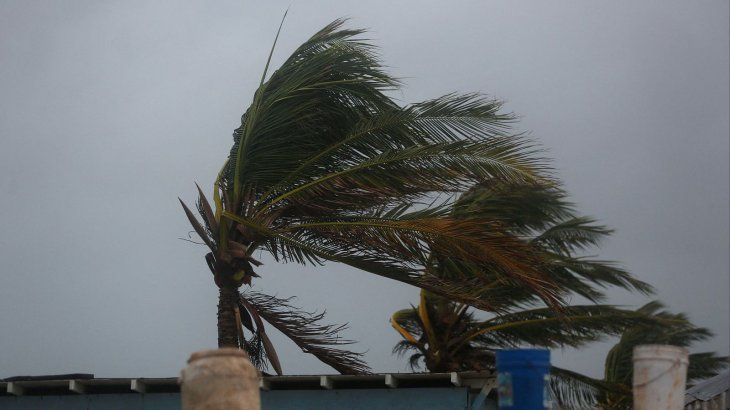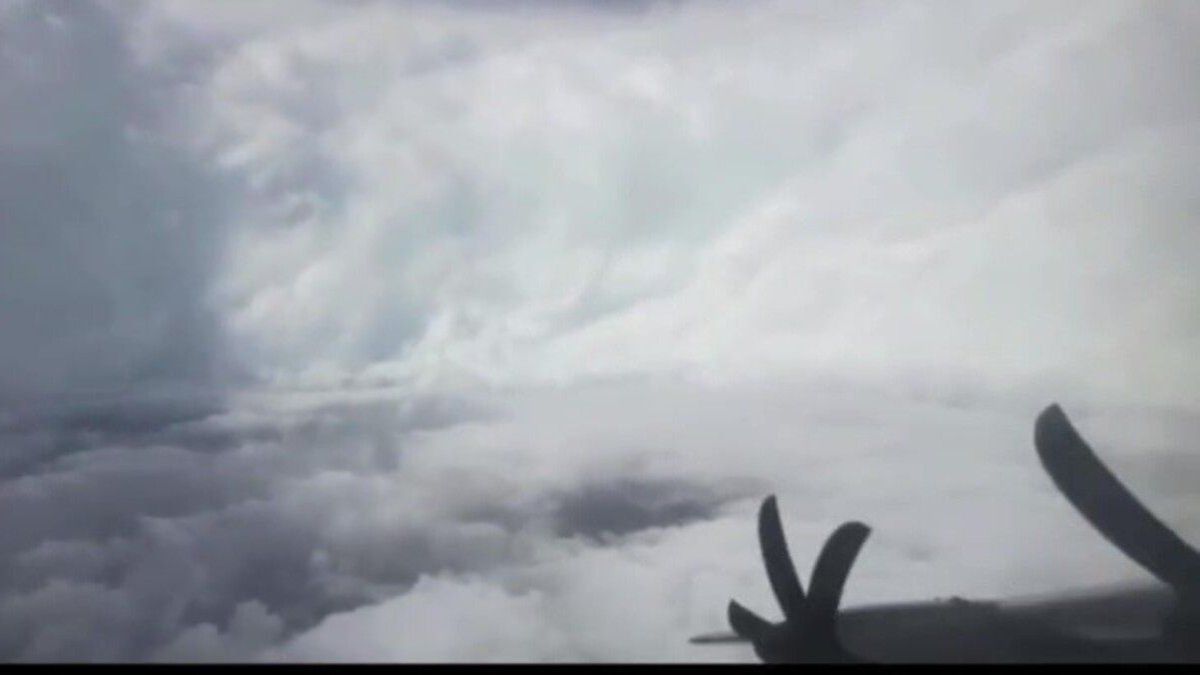It is one of the strongest storms with extreme winds. What is its risk of direct impact in Jamaica during the next few hours.
The island of Jamaica is preparing to face what could become one of the most serious meteorological events in its recent history, Hurricane Melissa. He climbed to the category 5, as recorded by NASAand is approaching with winds, intense rains and storm surges that threaten coastal and mountain communities alike.
The content you want to access is exclusive to subscribers.
The trajectory of the phenomenon crosses warm waters of the Caribbean, which fuels its intensity and extends exposure time for the islandincreasing the risks of flooding, landslides and structural damage. In this context, authorities have issued maximum alerts and concentrated efforts to evacuate vulnerable areas.


hurricane melissa wind

Path of Hurricane Melissa
According to the latest reports from National Hurricane Center (NHC)Melissa is located south-southwest of Jamaica and is heading towards the island, with its estimated entry for Tuesday morning, while moving towards the southeast of Cuba and the Bahamas.
His motion is slowaround 5 to 8 km/h, which It aggravates the danger because it maintains its influence over the areas it will cross for a longer period of time..
What does it mean for a hurricane to be category 5?
The Saffir Simpson Scale defines hurricanes category 5 like those with sustained winds of at least 252 km/h. In this category, the damage they tend to be “catastrophic” and can lead to total roof failures, complete displacement of light structures, uprooted trees, downed poles, and an extreme risk of storm surge that can invade kilometers of coastline.
In Melissa’s case, this level of intensity activates all alert systems to protect lives and property.
Hurricane Melissa
United States Department of Defense
Prevention measures in Jamaica against Hurricane Melissa
Jamaican authorities have ordered the opening of shelters, the closure of airports and the preventive evacuation of coastal and mountain communities. The population is recommended to secure windows and roofs, secure documents, drinking water and non-perishable food, and stay away from the coast due to the risk of waves and storm surge.
Furthermore, in mountainous areas there is a high risk of landslides due to accumulated rain. It is vital that the population evacuate without delay and follow official alerts.
Source: Ambito



